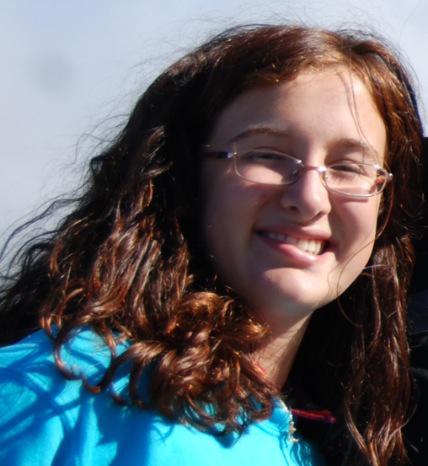Passover and Easter: Spring Holidays, Explained
Over Spring break, many Harriton students were busy celebrating – not just appreciating the break from school, but also observing the Jewish holiday of Passover and/or the Christian holiday of Easter. Though these two holidays happen around the same time, Jewish and Christian friends may still be unaware or confused about their friends’ traditions. So what exactly happens during these holidays, and why are they celebrated?
Easter, celebrated on April 20th, is the oldest holiday and the most important day of the church year, because it celebrates the resurrection of Jesus Christ three days after his death by crucifixion. It is usually the best-attended Sunday service of the year in all denominations. The holiday has been called a moveable feast because it does not fall on the same date every year. Instead, Christian churches in the West celebrate Easter on the first Sunday following the full moon after the vernal equinox on March 21. In other words, Easter is observed anywhere between March 22 and April 25 every year. Orthodox Christians typically celebrate the holiday a week or two after the Western churches because they follow the Julian calendar rather than the Gregorian. Families will celebrate differently depending on their personal customs and denominations
Easter is truly an entire season of the Christian church year, instead of a one-day celebration. Lent, the 40-day period leading up to Easter Sunday, is a time of reflection to represent the 40 days that Jesus spent alone in the wilderness before beginning his teachings. The seriousness of Lent begins on Ash Wednesday, and the week preceding Easter is called Holy Week, and it includes Maundy Thursday, commemorating Jesus’ last supper; Good Friday, honoring the day of His crucifixion; and Holy Saturday, the day that focuses on the transition between the crucifixion and resurrection. The entire 50-day period following Easter Sunday is called Eastertide and includes a celebration of Jesus’ ascension into heaven.
The other holiday that was celebrated over break, from April 15-21th, was Passover. Every year, Passover is celebrated from the 15th through the 22nd of the Hebrew month of Nissan. Passover’s date in the secular calendar varies, like Easter’s, since the Hebrew calendar is lunar-based and the days line up differently with secular days each year. This holiday is celebrated to commemorate God’s emancipation of the Israelites from slavery in ancient Egypt. Jews around the world relive and experience the freedom that their ancestors gained by following the rituals of Passover.
The main purpose of Passover is to retell the story of the Jews’ escape from Egypt so that future generations can understand God’s might and appreciate their freedom. The Israelites were enslaved for 400 years until God sent ten devastating plagues to influence Egypt’s pharaoh to let them go, the last and most terrible of these plagues being the death of every firstborn animal and child of the Egyptian people. Enacted on the stroke of midnight of 15 Nissan in the Hebrew year 2448 from creation (1313 BCE), that tenth plague broke the pharaoh’s resistance, and the Israelites left Egypt in such a hurry that their bread did not have time to rise. Thus to remember this occasion, modern Jews are commanded to eat matzah, unleavened bread, rather than chametz, leavened bread.
Passover is divided into two parts. The first two days and last two days are full-fledged holidays with various restrictions on activities: Jews are not supposed to go to work, drive, write, or switch on or off electric devices. Each family chooses to observe the holiday differently depending on their level of religiousness. On each of the first two nights of the holiday, the Passover Seder occurs, a fifteen-step, family-oriented service during a meal. The Seder concludes with the words, “Next year in Jerusalem!” expressing Jews’ hope to visit their ancient homeland. The middle four holidays are called chol hamoed, semi-festive “intermediate days” when most forms of work are permitted.
This Spring break, Harriton families celebrated Easter and Passover, serious events with a spirit of joy – Jesus’ resurrection and the Israelites’ emancipation from Egypt – and were each hailed as the religious markers of springtime.



